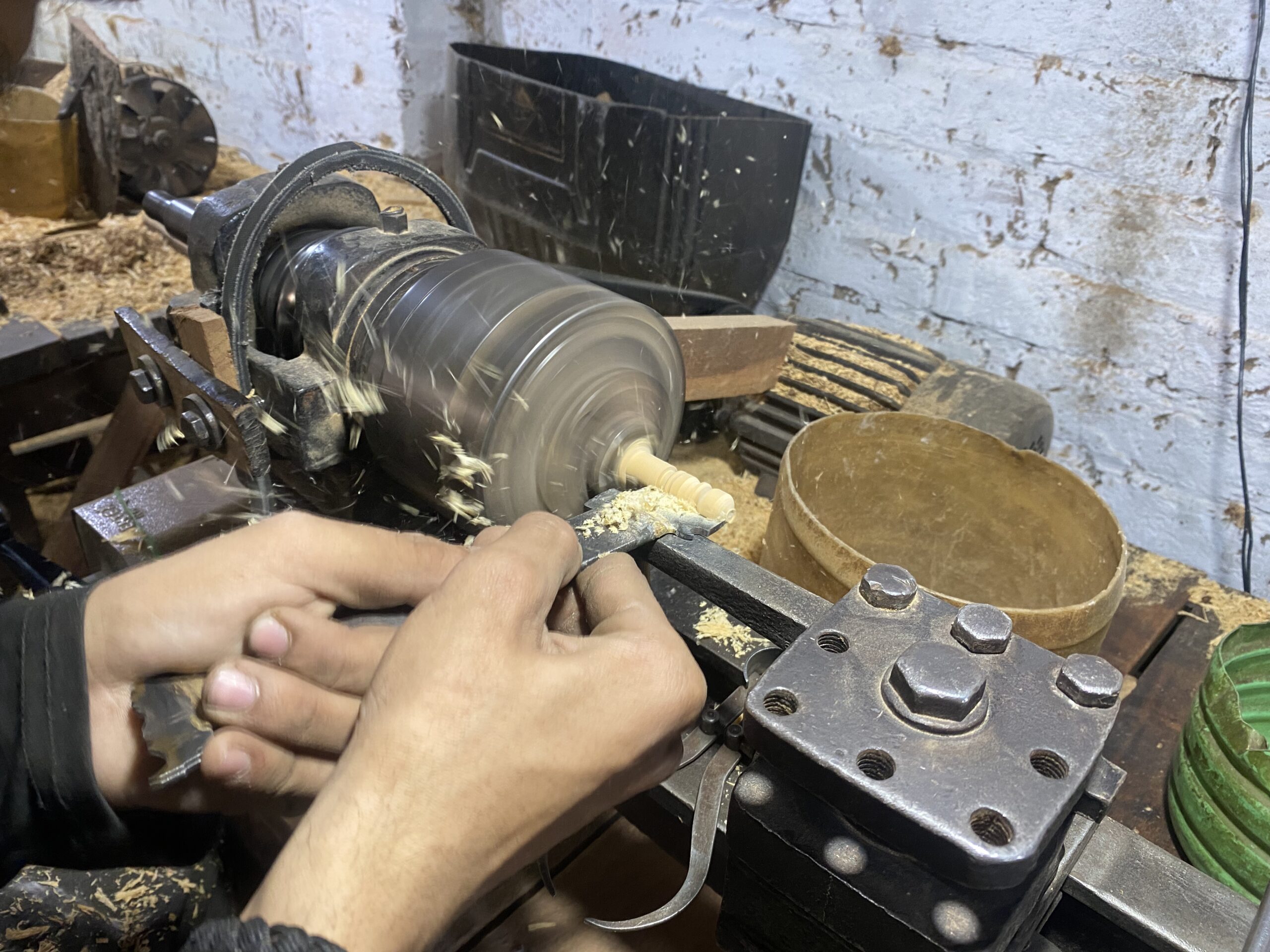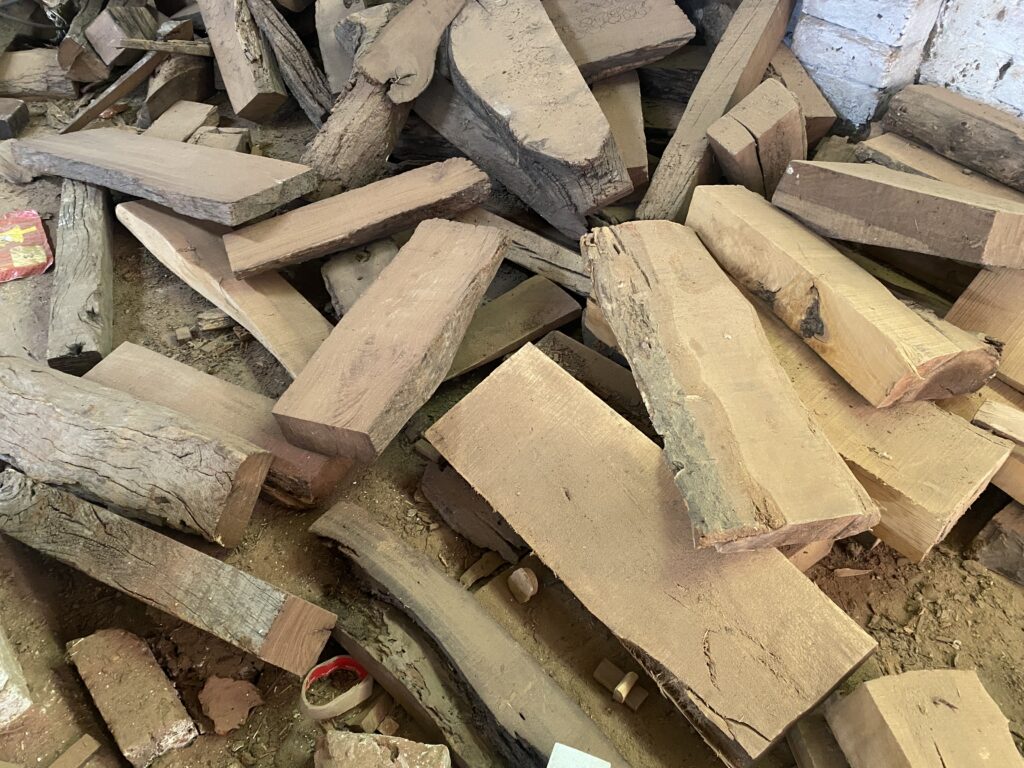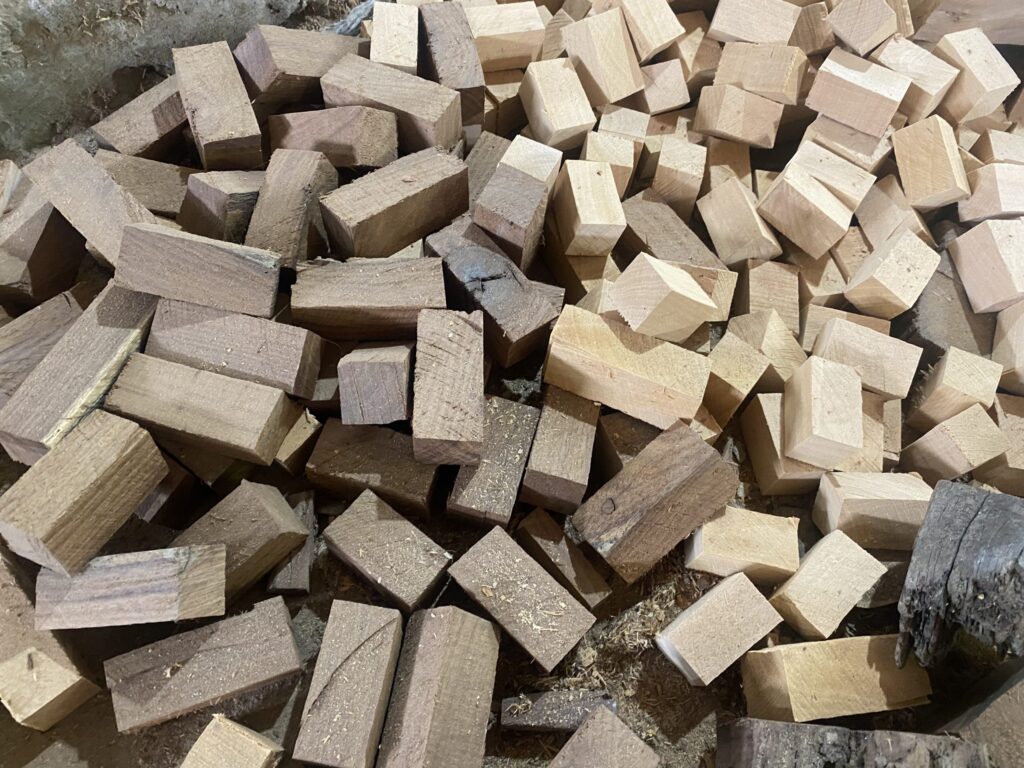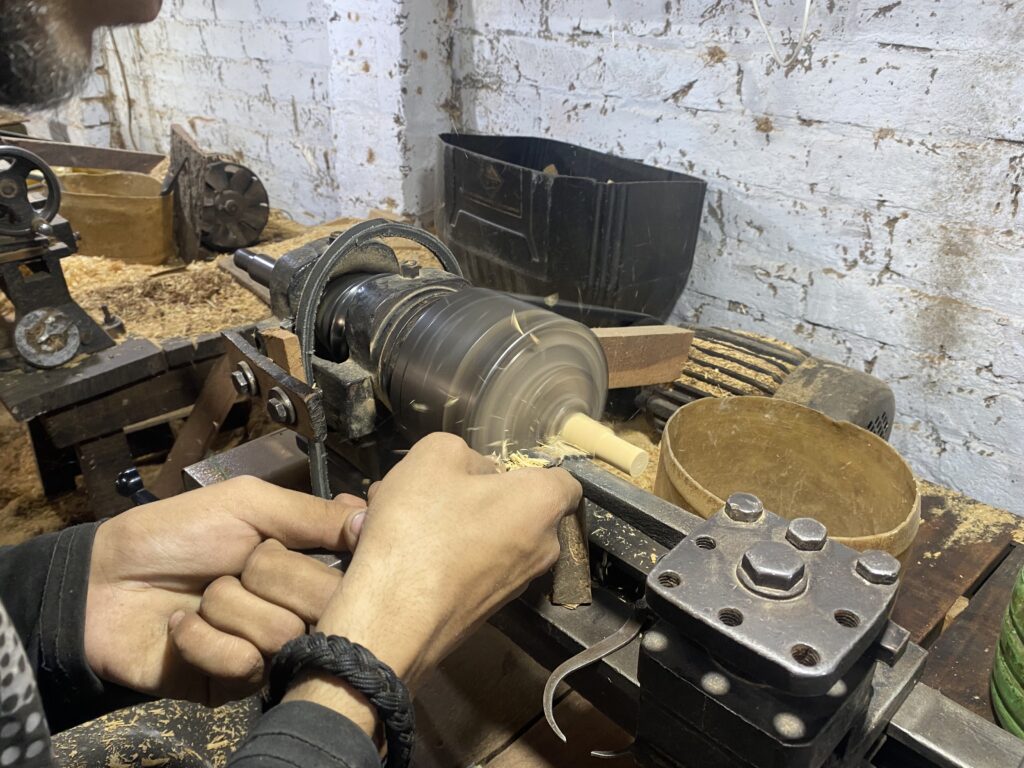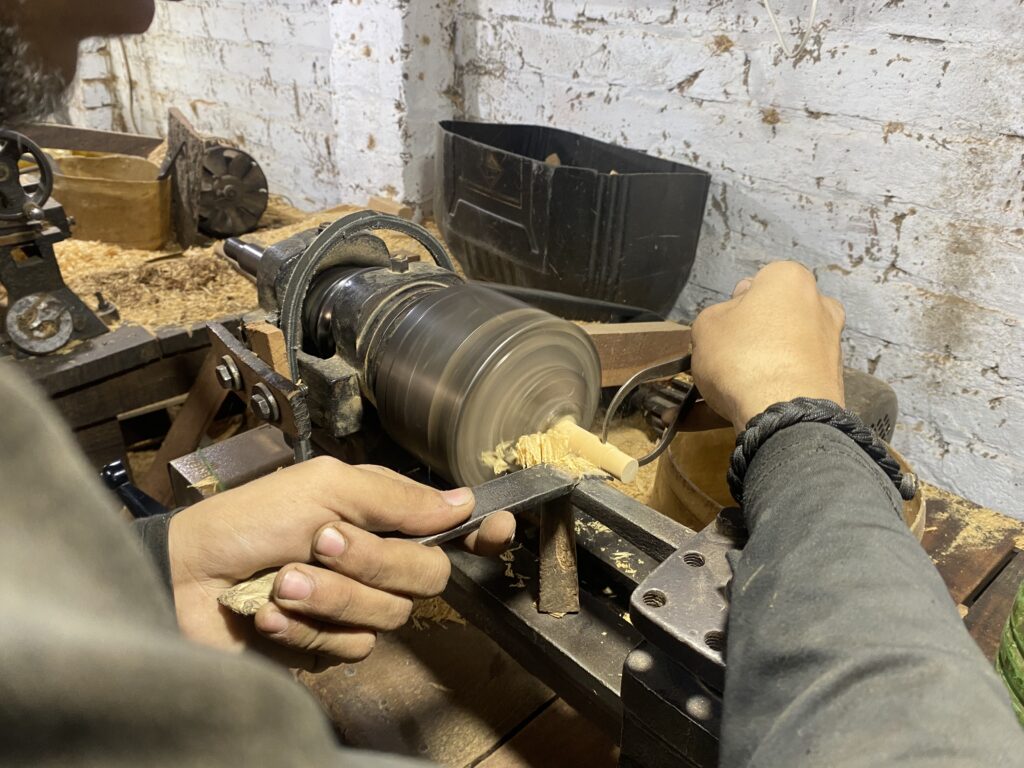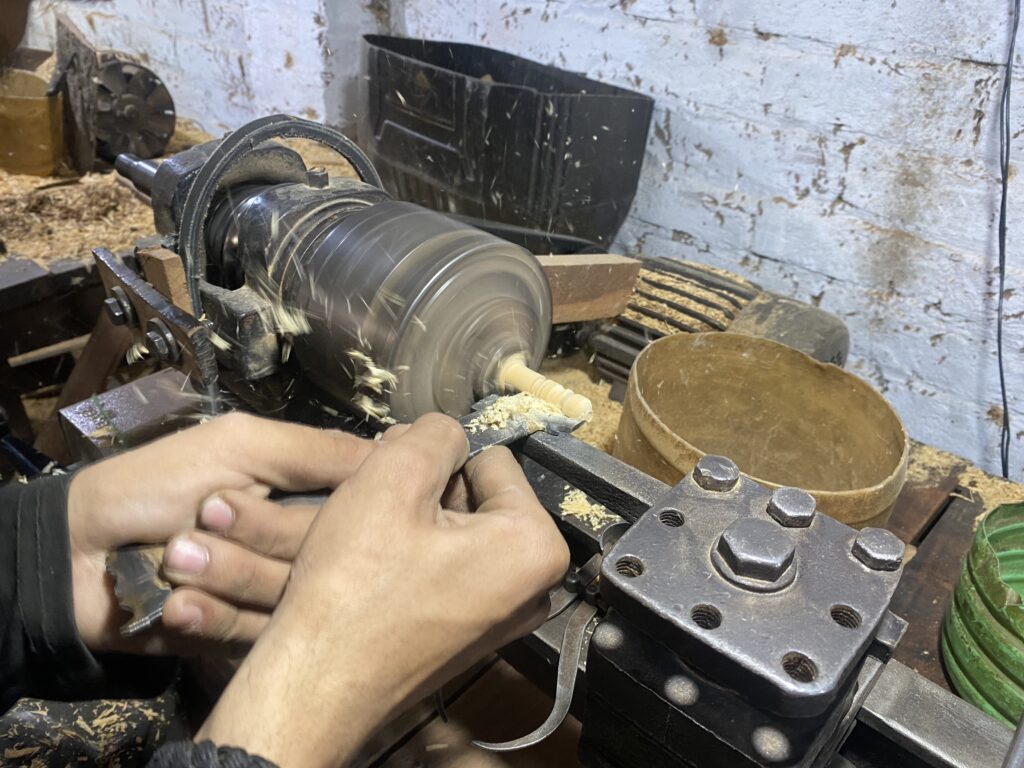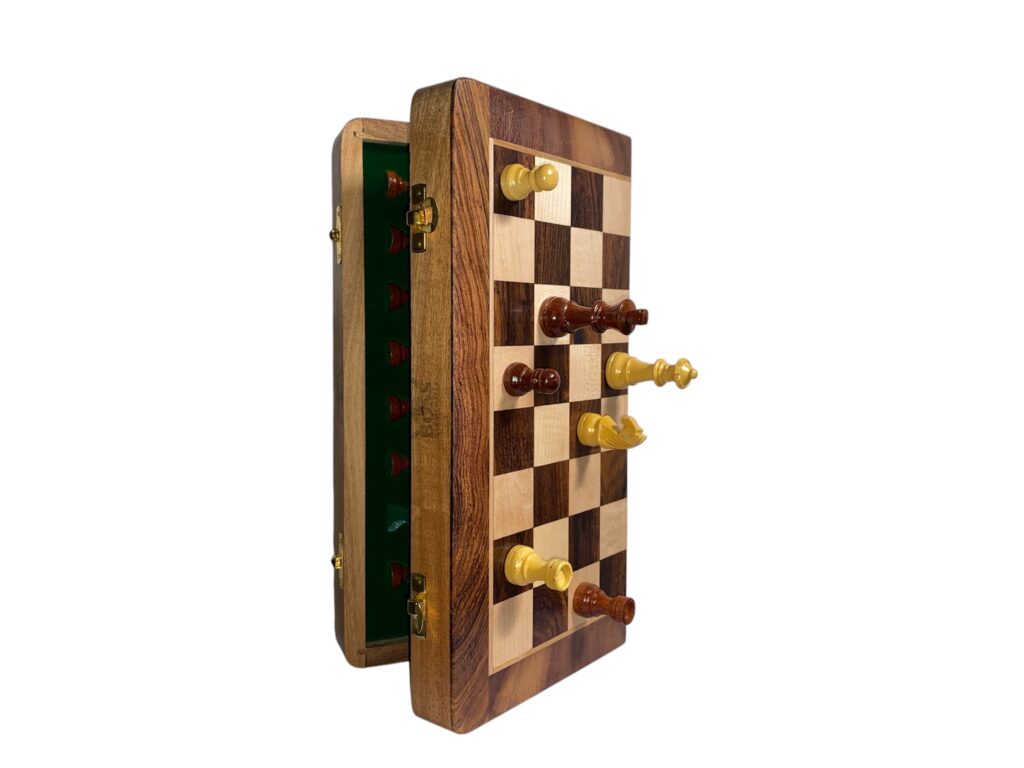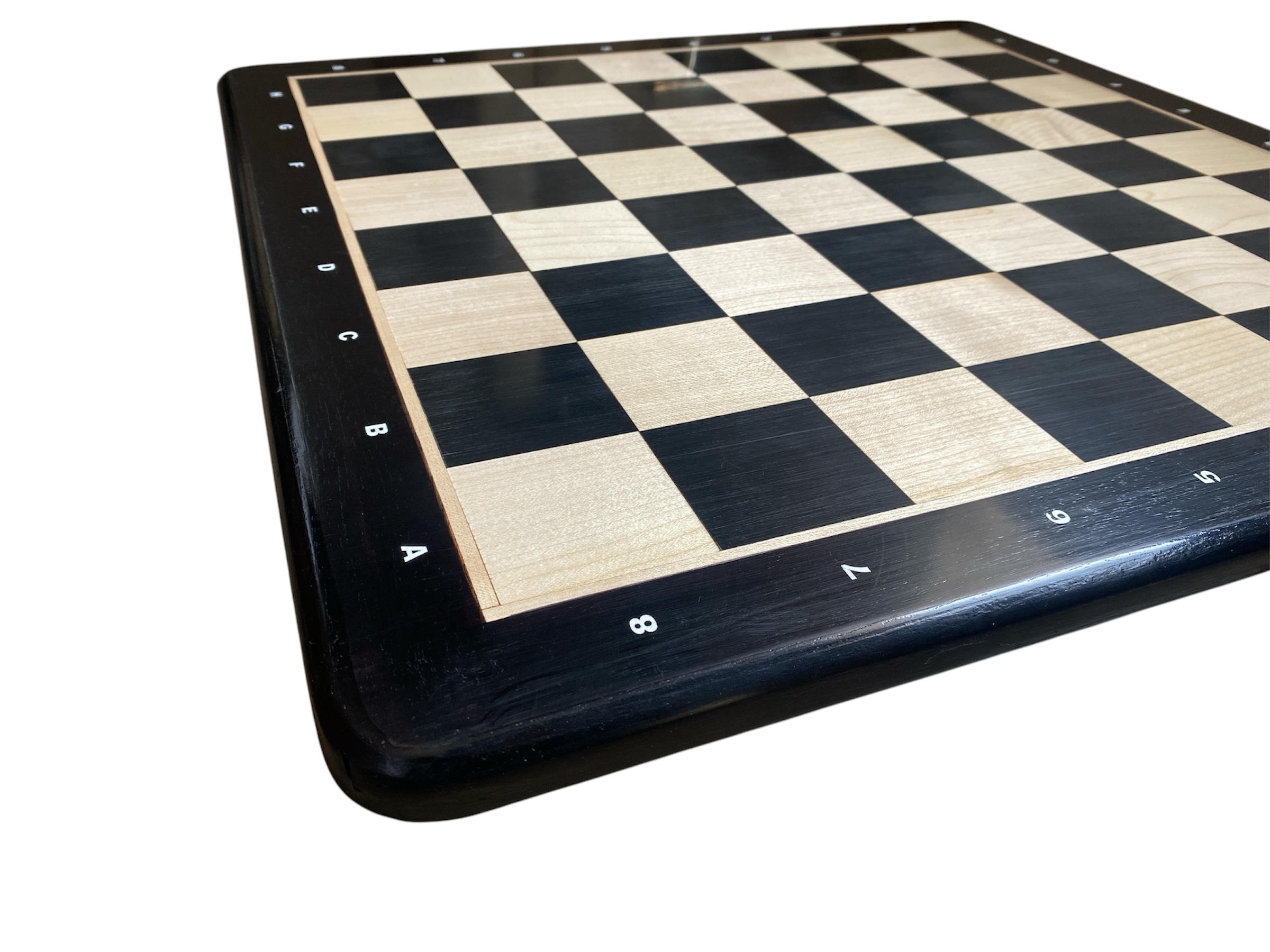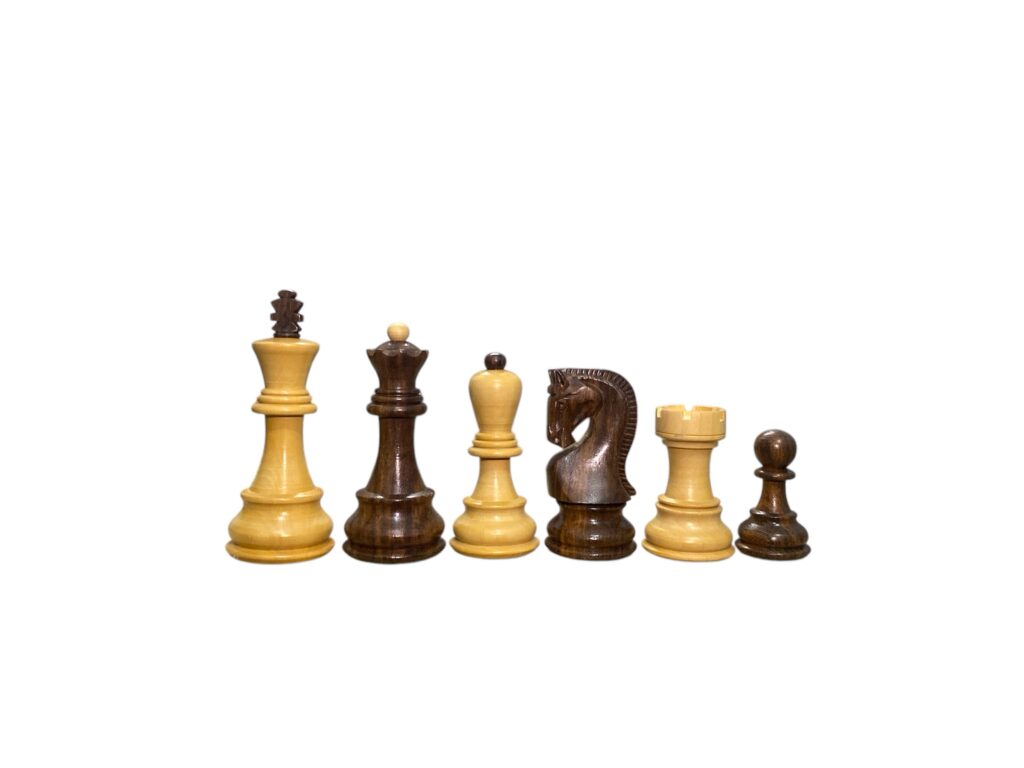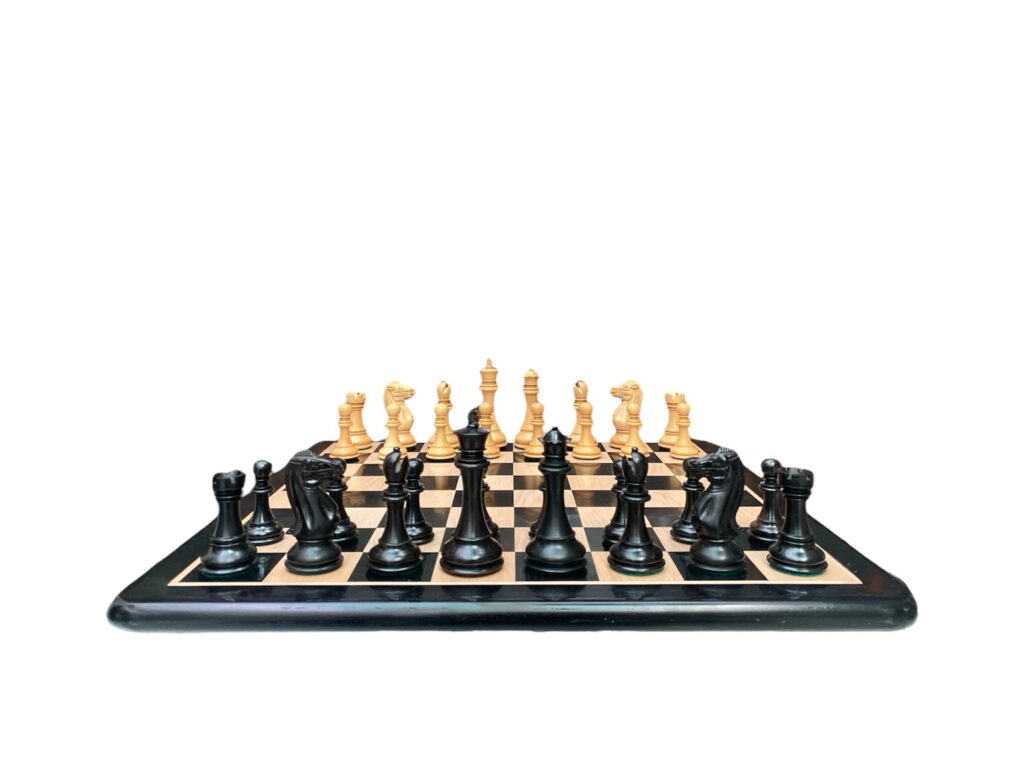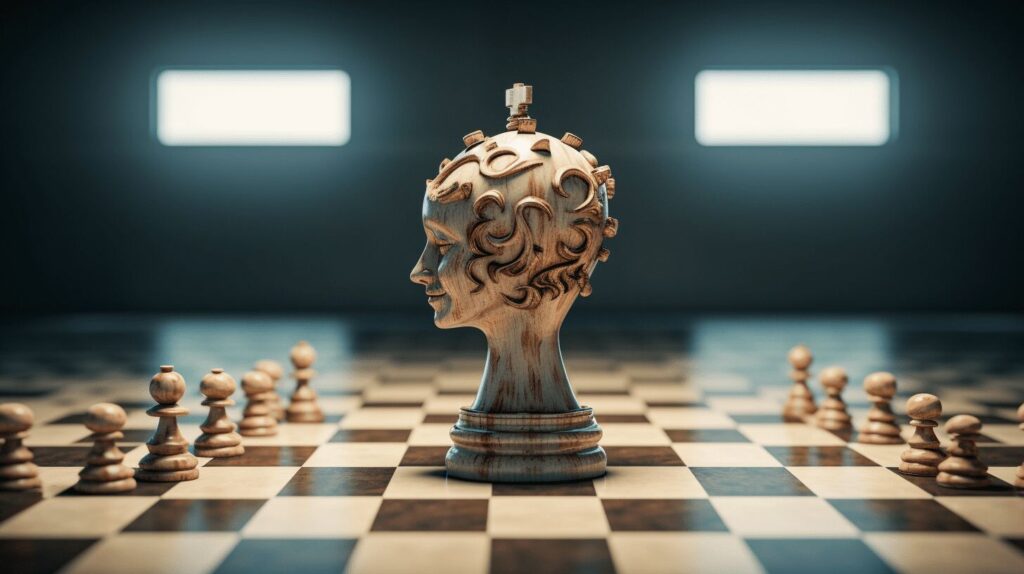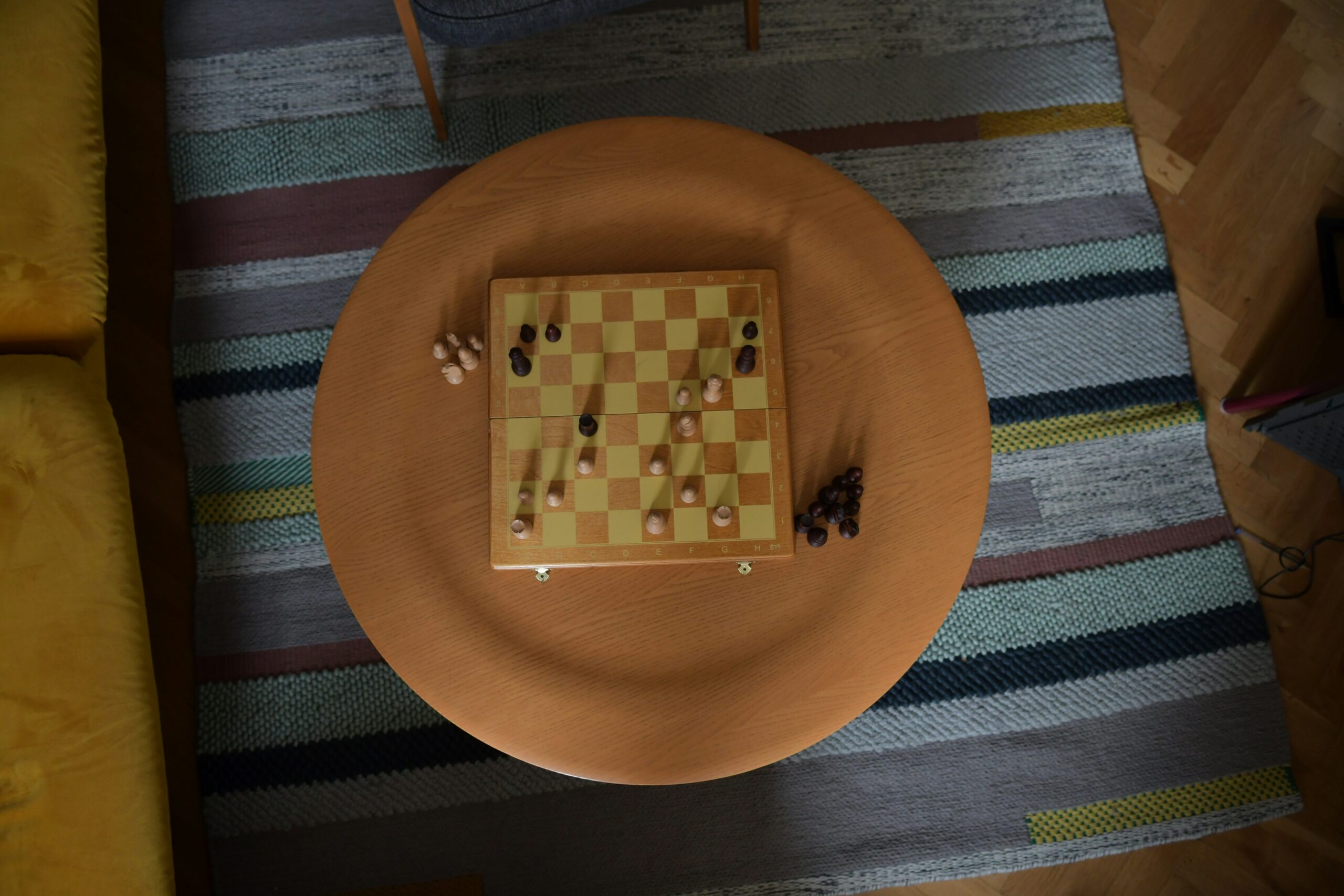The Origins and Purpose of the Staunton Chess Set
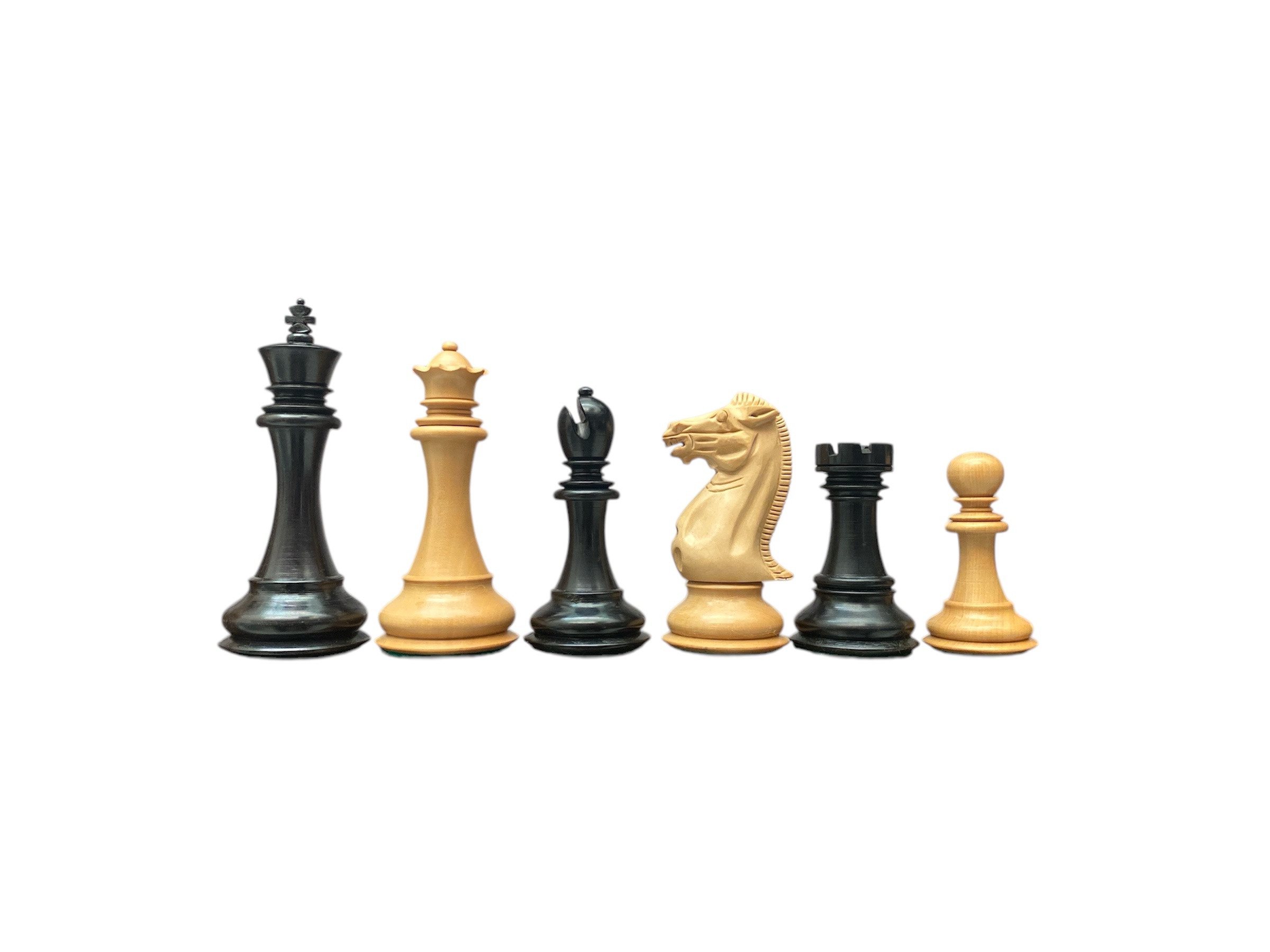
Introduction to the Staunton Chess Set
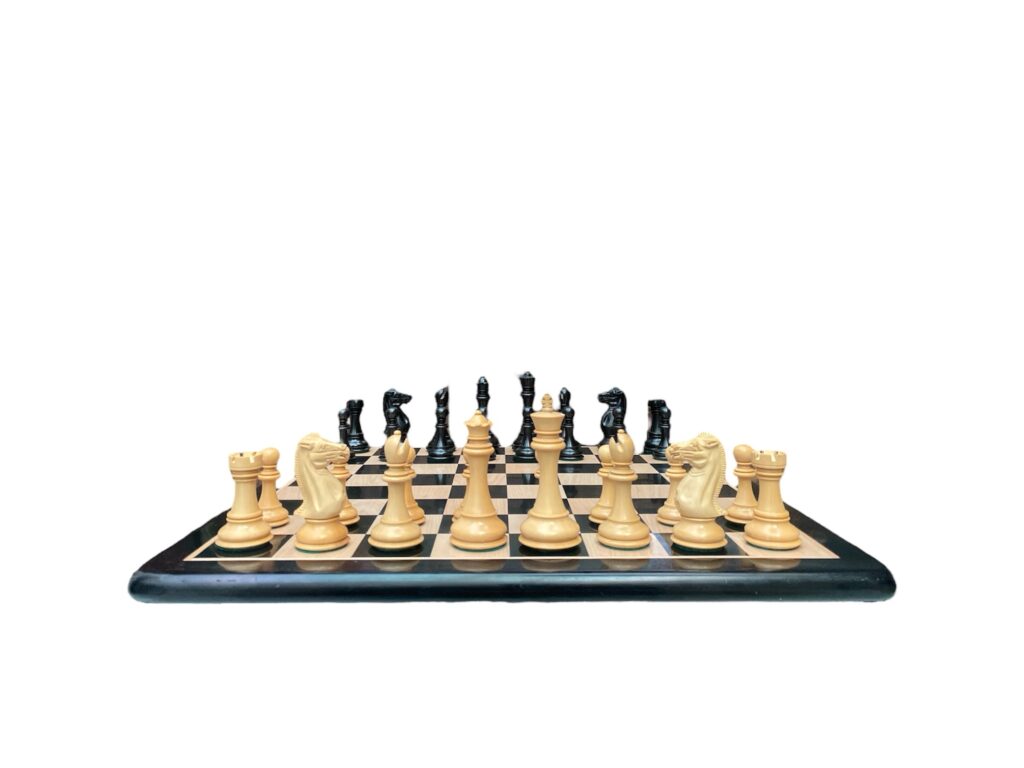
The Staunton chess set stands as one of the most recognizable and widely used chess sets in the world today. Developed in the mid-19th century, it was named after the renowned English chess player Howard Staunton, who played a pivotal role in promoting chess as a respectable intellectual pursuit. The design of the Staunton chess set, characterized by its uniform style and easily distinguishable pieces, has become the gold standard for tournament play and casual games alike, making it an essential aspect of modern chess culture.
The origins of the Staunton chess set can be traced back to the period when chess was transitioning from a game of leisure among the aristocracy to a more accessible pastime for the general public. Recognizing the need for a practical yet elegant design, Staunton, along with noted craftsmen, developed a set that balanced aesthetic appeal and functional clarity. The pieces were proportionally designed, ensuring that players could easily identify them on the board, even from a distance. This ingenuity led to the widespread adoption of the Staunton design, reinforcing its significance in both competitive and recreational contexts.
This set not only revolutionized how chess was played but also contributed to the formalization of rules and standards within the game. The Staunton design facilitated a more standardized experience for players, which was particularly beneficial during the rise of organized chess tournaments in the late 19th century. Today, whether displayed on a shelf or used at competitions, the Staunton chess set symbolizes a rich history and evolution that mirrors the game’s own development. Its continued popularity underscores the importance of thoughtful design in enhancing the experience of chess enthusiasts around the globe.
The Historical Context of Chess Sets
The history of chess dates back over a millennium, with origins tracing back to ancient India and Persia. As the game evolved, so too did the chess sets used for play, reflecting the cultural and artistic influences of their respective periods. In the early stages, chess pieces were crafted from various materials—such as carved wood, ivory, and metal—often depicting figures or symbols that represented the game’s pieces, like kings, queens, and knights. The distinct lack of standardization meant that each set could vary significantly in design, leading to occasional confusion during play.
Throughout the medieval period, chess sets gained popularity in Europe, with varying styles reflecting regional aesthetics. Sets were ornate, often adorned with intricate carvings and lavish embellishments. For instance, the St. George chess set featured popular motifs of the time, while other designs capitalized on local culture and artistry. The material choices also evolved, with the introduction of cheaper alternatives aiding in the mass production of chess sets, making them accessible to a broader audience.
However, these variations in design and form contributed to complications in competitive settings. Different sets meant different weights, sizes, and even shapes, which could impact gameplay. Recognizing the necessity for uniformity, a move towards standardized chess sets began to take place in the 19th century. This need for a cohesive design that could be recognized and utilized universally came to fruition with the introduction of the Staunton chess set in 1849. The Staunton design was a pivotal moment, establishing a framework that combined aesthetics, functionality, and ease of production, ultimately paving the way for consistent play in both casual and competitive environments.
The Design of the Staunton Chess Set
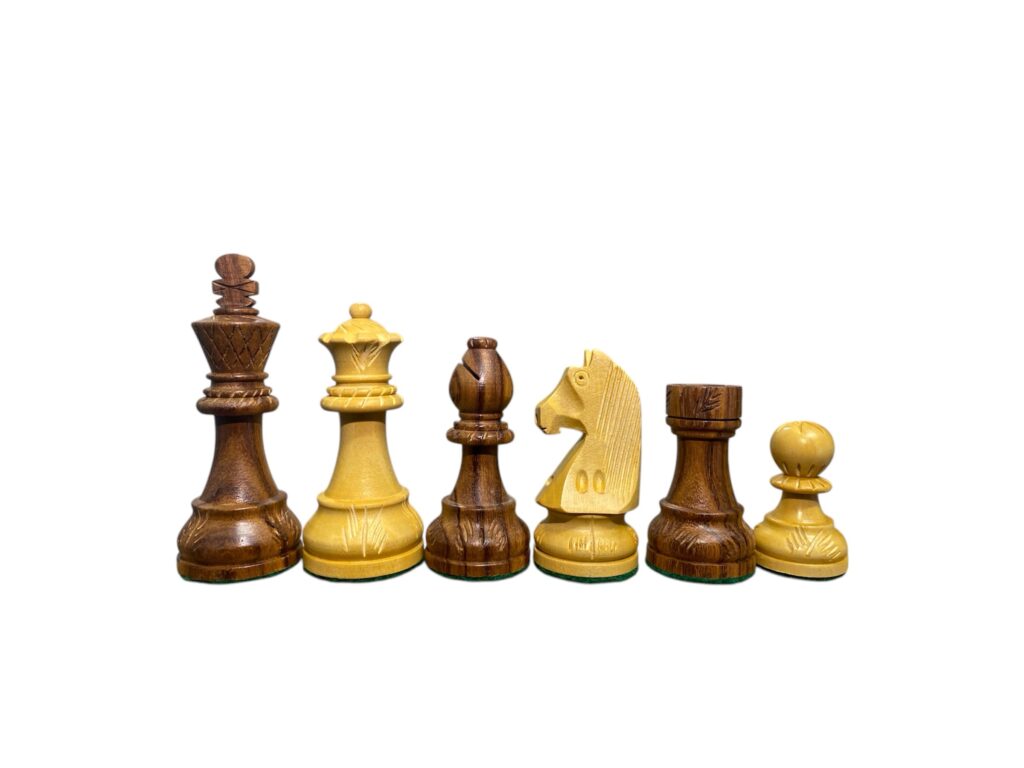
The Staunton chess set, crafted in the mid-19th century, exemplifies a pivotal evolution in chess design, aimed at enhancing the aesthetic and functional qualities of chess pieces. The hallmark of the Staunton set lies in its distinctive and easily recognizable shapes, which facilitate quick identification of each piece during play. Designed by Nathaniel Cook and endorsed by the renowned chess player Howard Staunton, the set’s design is rooted in the need for both elegance and functionality.
Each piece in the Staunton set is meticulously shaped to convey clear distinctions between the various roles of the chess pieces. For instance, the king’s towering stature and cross atop its crown signify its importance, while the queen is notably the tallest piece after the king, reflecting its enhanced powers in modern chess. The rooks take the form of crenelated towers, representing their defensive capabilities, and the knights are characterized by a horse’s head, which adds an artistic and thematic touch. The symmetry in the design ensures not only aesthetic appeal but also promotes ease of recognition during competitive play.
In addition to their shapes, the sizes and proportions of the pieces are carefully calibrated to maintain balance and stability during gameplay. The base of each piece is robust, which minimizes the risk of tipping while also allowing for easy movement across the board. Materials traditionally employed in the crafting of Staunton chess sets include various types of wood, such as rosewood and ebony, which deliver not only durability but also an attractive finish. The contrasting colors of dark and light woods exemplify the classic appeal of a Staunton chess set, enhancing its visual presence on any chessboard.
The Purpose of the Staunton Design
The Staunton chess set design, conceived by Nathaniel Cook in the mid-19th century and endorsed by the renowned chess player Howard Staunton, serves several vital purposes that have significantly shaped the game of chess. At its core, the Staunton design was intended to standardize chess pieces, ensuring that they were not only aesthetically pleasing but also practical for players of various skill levels. This mixture of functionality and beauty is essential for promoting the game and enhancing the overall experience of both casual and competitive players.
One of the primary functions of the Staunton design is its suitability for competitive play. The design features an easily recognizable shape for each piece, allowing for quick identification during a match. This characteristic is critical during tournaments, where time and accuracy are paramount. The uniformity of the Staunton pieces facilitates a smooth and efficient gameplay experience, minimizing confusion and enhancing the pace of the game. This aspect has made the Staunton design a preferred choice in various chess institutions and competitions globally.
Moreover, the Staunton chess set has garnered a pivotal role in the evolution of chess culture and community. Its widespread acceptance has fostered a sense of unity among players, creating a common understanding of the game. The design has permeated chess literature and media, further solidifying its impact on the global chess community. The usability and visibility of the Staunton set in tournaments not only contribute to its popularity but also play a crucial role in the overall promotion of chess as a respected intellectual pursuit. By providing players with a reliable and aesthetically coherent set of pieces, the Staunton design has become synonymous with the game of chess itself.
The Staunton Chess Set in Competitive Play
The Staunton chess set has become synonymous with competitive chess, especially in tournament settings. Its design, which was patented by Nathaniel Cook in 1849 and endorsed by the famous player Howard Staunton, emphasizes not only aesthetic appeal but also practical considerations that are essential in a competitive environment. The pieces are characterized by their distinct shapes and proportions, making them easy to distinguish during play, a quality that is crucial in high-stakes environments where clarity and recognition of pieces can influence game outcomes.
Many prestigious tournaments have adopted the Staunton design as the official chess set. The format and structure of events such as the World Chess Championship and various international tournaments typically require a set that can withstand rigorous play while providing an element of elegance. This has led to the Staunton set’s prominence in renowned competitions. The International Chess Federation (FIDE) has specifically recognized the Staunton design, further solidifying its place as the gold standard for competitive chess play.
In professional circles, the Staunton chess set is lauded not only for its practicality but also for its historical significance. The use of standard design across notable tournaments fosters a sense of consistency and professionalism that enhances the overall experience for both players and spectators. Major events, such as the Candidates Tournament, have featured these iconic sets, which have become a staple in the world of competitive chess.
Thus, the Staunton chess set’s evolution from a unique design to a symbol of competitive excellence showcases its integral role in the professional chess scene. Its enduring appeal helps to bridge the gap between tradition and modernity, ensuring that it remains a cornerstone in the realm of competitive chess for years to come.
Variations of the Staunton Chess Set
The Staunton chess set, originally designed in the 19th century, has evolved significantly over the years, leading to the development of various adaptations that cater to different preferences and requirements of players and collectors alike. The core design of the Staunton set is widely recognized for its standardization, allowing it to serve as a universal choice for tournament play. However, numerous variations have emerged, each reflecting unique artistry and craftsmanship.
One prominent variation includes modern adaptations that often incorporate contemporary materials and design elements. These modern Staunton chess sets may utilize plastic, acrylic, or even magnetic components, appealing to younger players and those seeking durability and portability. The classic wooden Staunton set remains immensely popular, but many artisans and manufacturers offer innovative designs that present fresh interpretations of traditional pieces, while still adhering to the aesthetic requirements of the Staunton style.
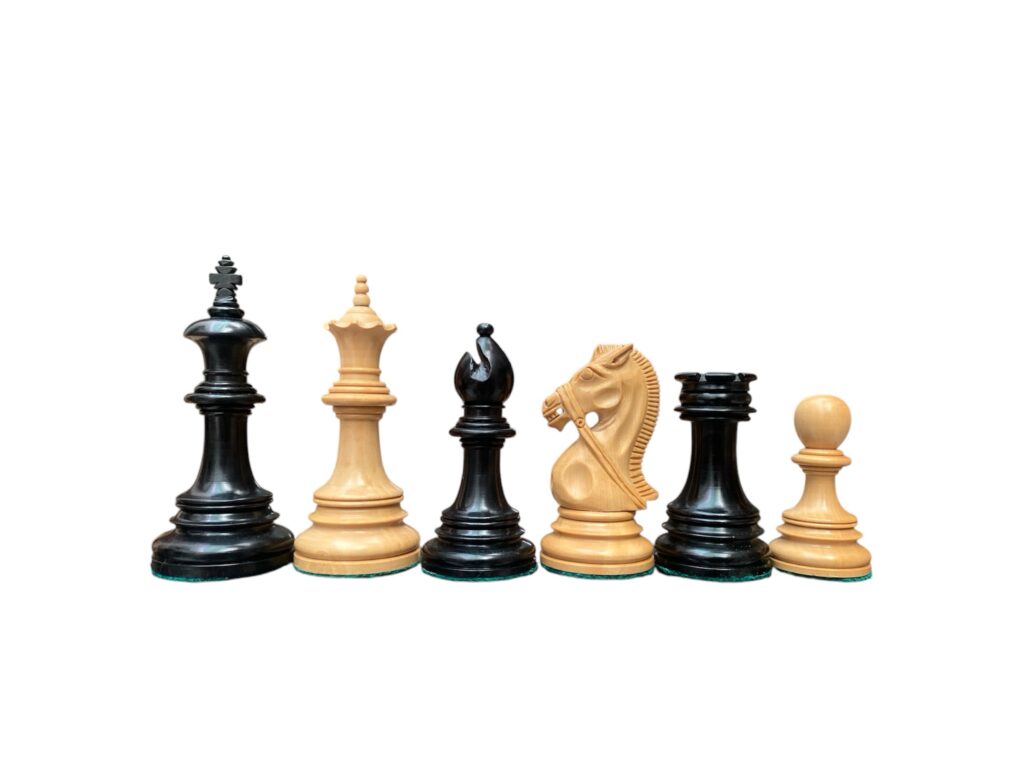
Luxury Staunton chess sets are also available, characterized by exquisite craftsmanship and high-end materials. Made from premium woods such as rosewood or ebony, these sets are often painstakingly hand-carved, featuring intricate detailing. Some luxury versions include gemstone inlays or embellishments that elevate their status not just as functional games but as art pieces suitable for display. These sets can often command substantial prices, making them highly sought after by collectors and aficionados.
Furthermore, themed editions of the Staunton chess set have gained popularity, appealing to fans of various franchises or historical events. These themed sets might incorporate designs that celebrate specific cultural motifs, famous battles, or widely recognised characters, allowing players to engage with their favorite themes in the context of a chess game. Despite the diverse styles and inspirations, these themed sets typically retain the essential characteristics of the Staunton design, ensuring they remain recognizable as part of this classic lineage.
The Craftsmanship Behind Wooden Chess Sets
The art of crafting wooden chess sets is a meticulous process that blends traditional techniques with contemporary design. At the heart of this craftsmanship lies a dedication to quality and precision, particularly evident in the creation of Staunton chess pieces. The choice of materials plays a vital role in both the aesthetic and functional aspects of the game. High-quality hardwoods such as boxwood, rosewood, and ebony are commonly used due to their durability and fine grain, which enhance the visual appeal of each piece.
Wooden chess sets are often crafted by skilled artisans who understand the importance of balance and proportion. Each piece in a Staunton set is designed with specific measurements, ensuring consistent handling and gameplay. The crafting process usually begins with selecting the right wood, which is then cut and shaped using various tools. Techniques such as turning, carving, and polishing contribute to the distinctive profiles of each chess piece, making them not only functional but also works of art.
Moreover, attention to detail distinguishes premium wooden chess sets from more mass-produced alternatives. Hand-carved elements, such as intricate detailing on knight figurines, showcase the artisan’s skill and highlight the unique characteristics of each piece. This is particularly important for the Staunton design, which has become a standard in chess history. Each Staunton piece not only fulfills its functional role but also embodies a rich tradition of craftsmanship that reflects the passion and expertise of its maker.
Ultimately, the craftsmanship behind wooden chess sets is not merely about creating game pieces; it is about crafting lasting legacies. These handmade pieces elevate the chess-playing experience, offering players a tangible connection to the rich history of the game. By investing in a quality Staunton chess set, one appreciates not only the beauty of the pieces but also the craftsmanship that brings them to life.
Where to Find Quality Staunton Chess Sets
When in the market for a Staunton chess set, selecting a reputable source is crucial to ensure the quality and authenticity of your purchase. Numerous outlets offer a range of options, from tournament-ready sets to high-end luxury collections, catering to varying preferences and budgets. Online retailers such as Amazon, Chess.com, and The House of Staunton are noteworthy for their extensive selections and reliable customer service.
For those seeking durable and portable options, tournament-ready Staunton chess sets are highly recommended. These sets are typically made from robust materials, allowing for frequent transportation without compromising integrity. Websites like Bosshandicrasfts and Wholesale Chess provide an array of tournament sets, often featuring travel-friendly designs that make them ideal for competitive play or casual outings.
If you’re more inclined towards luxury Staunton chess sets, it is essential to explore specialized retailers. The House of Staunton is renowned for its exquisite craftsmanship and choice of materials, including deluxe wood options and custom designs. Their chess sets are perfect for collectors or enthusiasts who appreciate the artistry involved in chess set construction. Additionally, sites like Etsy offer handmade Staunton sets, allowing consumers to discover unique designs while supporting small artisans.
When purchasing a Staunton chess set, pay attention to customer reviews and product descriptions to ensure you are investing in a quality item. Ensuring that the set you choose meets international tournament standards is also important if you plan to compete. By exploring these recommended sources, you will be well-equipped to find a Staunton chess set that not only suits your needs but also enhances your chess-playing experience.
Conclusion: The Enduring Legacy of the Staunton Chess Set
The Staunton chess set, developed in the 19th century, has not only cemented its status as the standard for competitive chess but also embodies a rich historical narrative that continues to influence players and collectors alike. Designed by Nathaniel Cook and endorsed by Howard Staunton, the set’s distinctive design harmonizes functionality with aesthetics, making it a perfect choice for both tournament play and casual enjoyment. Its pieces, characterized by clear differentiation, stability, and elegance, have captured the imagination of chess enthusiasts around the globe.
In the historical context, the Staunton chess set reflects the evolution of chess from an aristocratic pastime to a widely accessible and respected intellectual endeavor. The design facilitated a better understanding of the game, allowing emerging players to grasp strategic concepts more easily. Today, the Staunton style remains prevalent, forming the basis for most contemporary chess sets. Its commitment to quality and craftsmanship resonates with the values of modern chess culture, promoting a sense of tradition and respect for the game’s legacy.
In the modern era, investing in a Staunton-style wooden chess set not only pays homage to chess history but also offers an opportunity to appreciate the artistry involved in creating these exquisite pieces. The tactile experience of a well-crafted wooden chess set enhances the overall enjoyment of the game, making every match a unique event. For players and collectors, the Staunton chess set stands as a timeless emblem of the strategic depth and beauty inherent in chess. As we continue to embrace both the historical significance and artistic merit of these sets, it becomes essential to recognize their profound impact on the game and consider adding a Staunton set to our personal collections, supporting the legacy of this enduring design.


